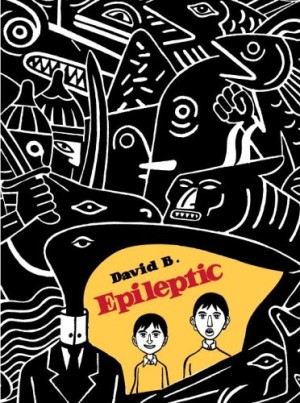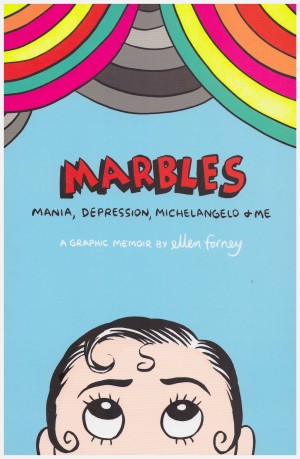Review by Frank Plowright
At 25 Judith moves out of her parents’ home. It’s a big deal, because although she has great difficulty admitting it to herself, Judith experiences what others refer to as “spells”. She zones out and has memory lapses, although for a fair while avoids mentioning the specifics of what happens. It’s a deliberately constructed process of confusion for the audience, much as it was initially experienced, with Judith refusing to confront the reality of an epileptic condition. Parenthesis starts as an attempt to reconstruct memories of missing times, so as Judith is an unreliable narrator, requiring the memories of her parents and others to be stitched together.
Adding to the confusion is the lead character being Judith when the back cover blurb assures us this is Élodie Durand’s personal memoir. The reasons for distancing are revealed right at the end, but for a long time aren’t apparent unless one makes the assumption it’s to do with the past being a different country, and therefore requiring a different name.
Difference is certainly a feature, with Durand altering art and lettering to suit her needs, with the pages ranging from traditional comics to almost abstract chaotic forms to reflect circumstances. In calmer times the art is neat and conventional, while it devolves during moments of crisis or panic, and can shift into the allegorical. Durand will also sometimes draw parts of her as separate entities.
It’s almost a quarter of the way through before epilepsy is referenced as what at first is assumed to be the underlying condition. Judith notes her father worked with epileptic children, yet didn’t recognise the symptoms in his daughter. It’s one of numerous thoughtful observations thrown out in passing and supplied without context, leaving readers to draw their own conclusions. Is he too close to his daughter to notice, accepting her the way she is, or is there some element of suppressing the truth? Judith certainly does so, yet don’t we all when it comes to bad news?
Once the diagnosis has been made Parenthesis adopts a more conventional linear structure. Identification leads to prognosis, which in turn leads to treatment beyond visits to a neurologist. If anything, certainty proves worse than uncertainty, with the cure proving equally disturbing, but in different ways. It’s a harrowing catalogue of each step forward over several years also being a couple back with side effect after side effect.
A lack of precision characterises many of the circumstances, but that’s to create an immersive experience. There’s no respite from personal horror, which is only the smallest indication of what Durand went through, and attempting to understand is the least we can do for her.





